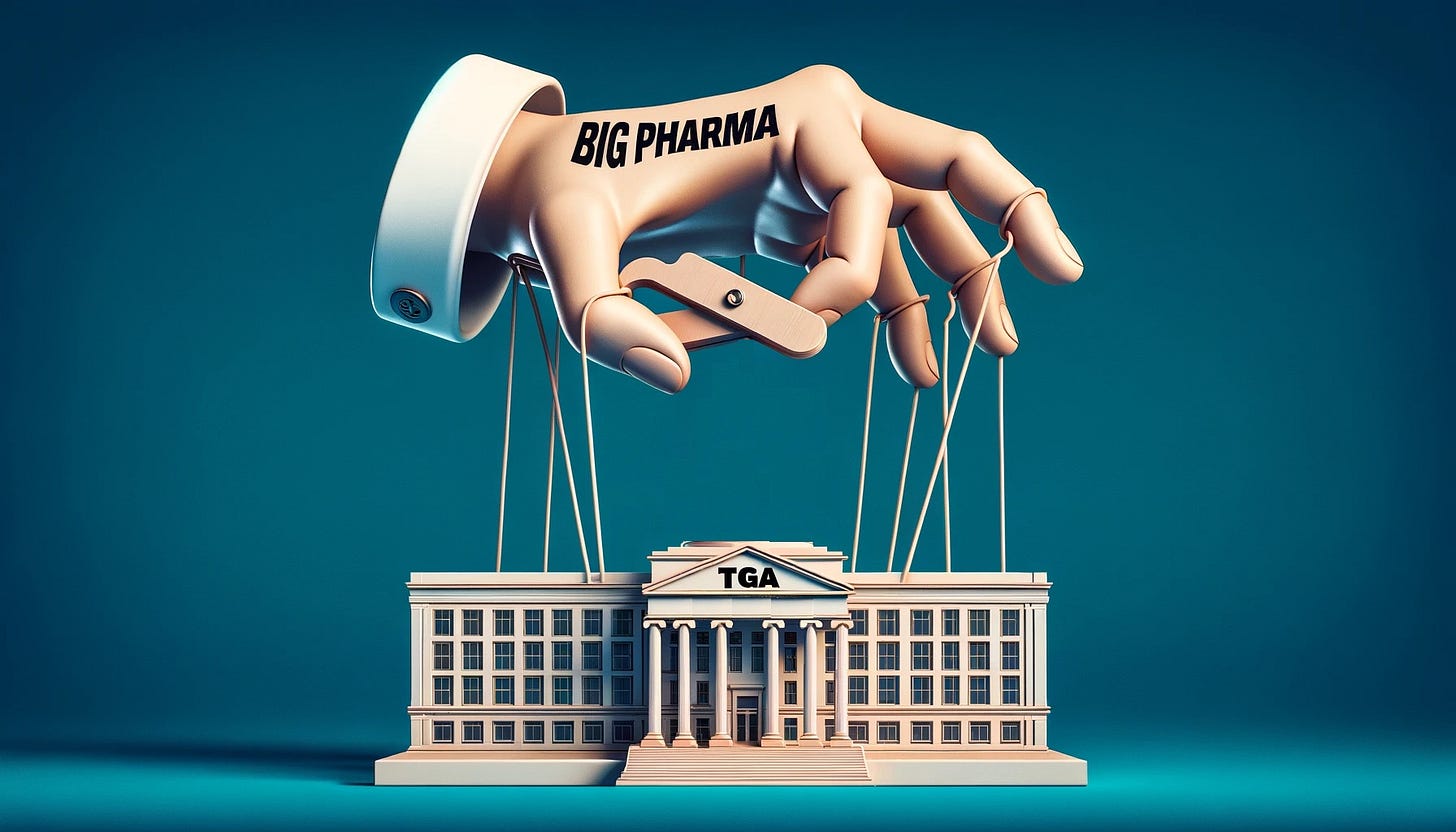Big Pharma’s grip on Australia’s drug regulator
Pharmaceutical industry funding is shaping the TGA’s decisions—it’s a system primed to approve, not to protect.
In 2022, I published an investigation in The BMJ exposing the lack of independence among drug regulators.
It revealed that 96% of the Therapeutic Goods Administration’s (TGA) operating budget comes from fees paid by the pharmaceutical industry.
To many, this represented an unmistakable conflict of interest.
How can Australia’s drug regulator claim to be truly independent when nearly all its funding comes from the very industry it is meant to oversee?
Yet some defenders of the system have pushed back.
They argue that there is nothing improper about the model—that it’s simply a form of “cost recovery,” similar to how doctors pay annual fees to maintain their registration with the Australian Health Practitioner Regulation Agency (AHPRA).
If doctors’ fees don’t influence decisions at AHPRA, they ask, why would pharmaceutical fees influence the TGA?
On the surface, it sounds like a fair argument. But it falls apart under scrutiny.
It is not just about who pays—it’s about how they pay, what they receive in return, the scale of commercial stakes, and how much influence is granted in the regulatory process.
The two models are not comparable. And here’s why.



